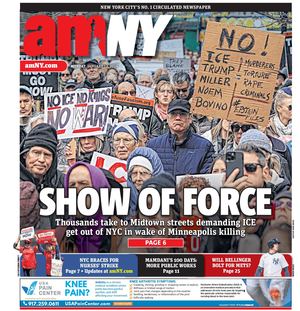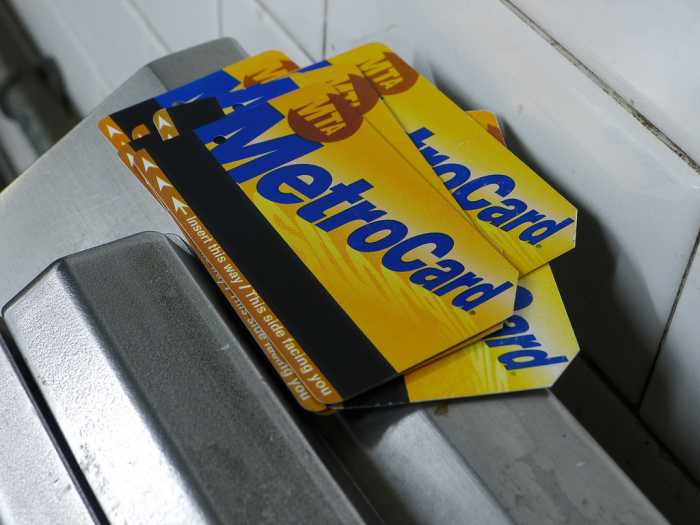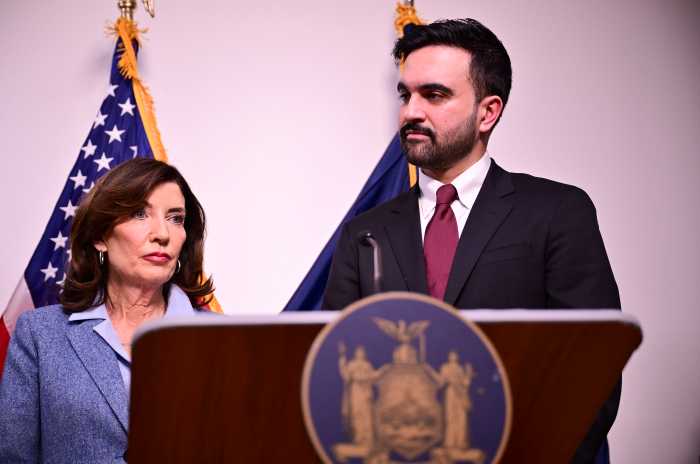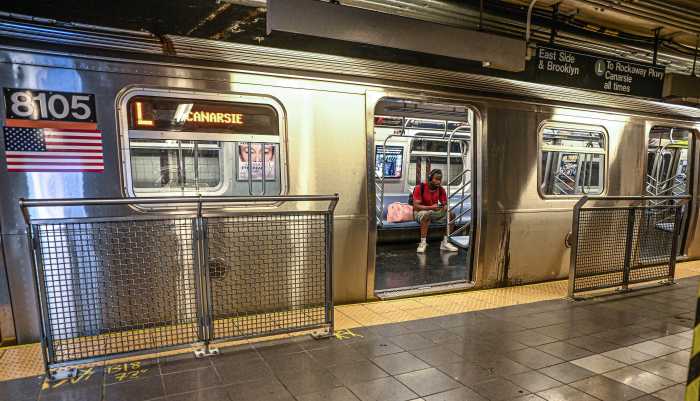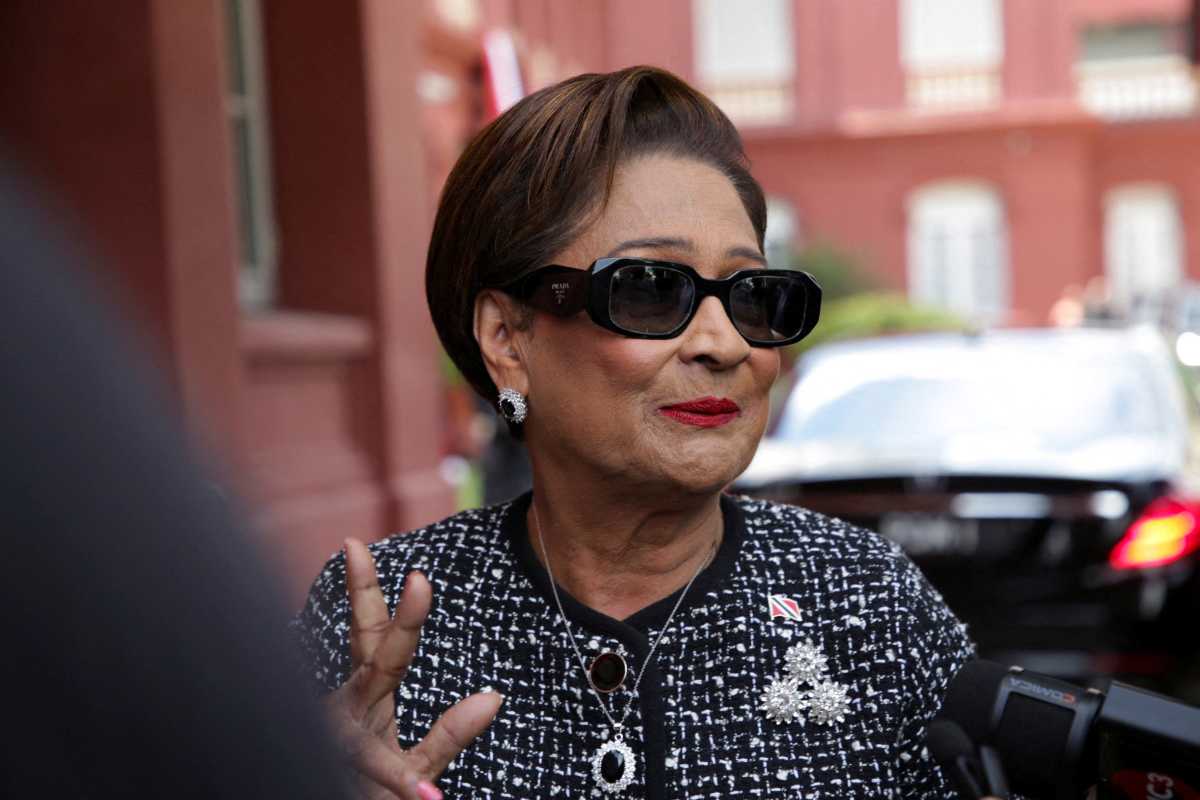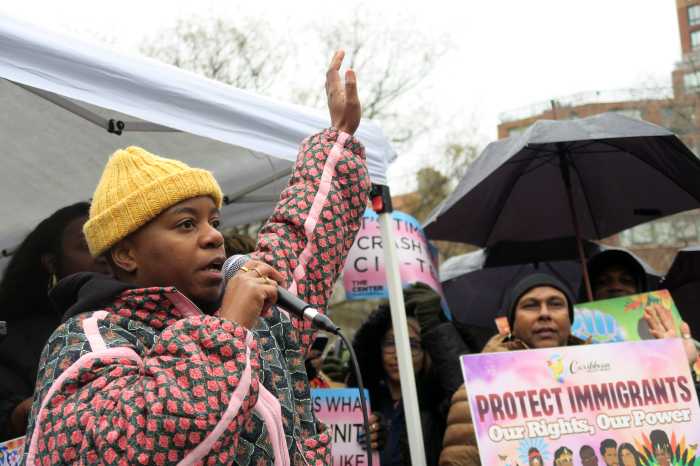Uber and Lyft drivers who have no option licensing their own cars under the cap on for-hire vehicles are calling on the city to stop leasing companies from charging them sky-high prices.
The drivers packed into a city Taxi & Limousine Commission hearing Tuesday, detailing how they are being crushed by exorbitant car leases while the city pushes to permanently cap the number of for-hire vehicles on the streets. While city officials say the cap could help reduce emissions and improve traffic speeds, it would also leave drivers with no option but to lease from companies that got licenses before the limit was reached.
Chanel Elliott, a single mother from the Lower East Side, said she started driving for Uber a year ago, right as the temporary vehicle cap was put in place. She spends $2,000 a month just to lease her Nissan Sentra, which barely allows her to pull in the minimum wage, she said.
“It’s like creating a poverty pool,” said Elliott. “The money that I make I have to give to these companies in order to drive. I wouldn’t want to drive as much as I do, but I have to be on the road to make the money just to pay for the vehicle.”
Leasing workers like Elliott now account for about 20% of for-hire vehicle drivers, including those who work for app-based companies as well as other black car and livery services, according to the TLC. Some fear that because the cap still allows new drivers to get TLC licenses, there will be a growing number of people sucked into expensive rental rates in order to start driving.
Still, advocates have said the leasing rate issue long predated the cap policy and the city has said it has not seen an increase in rates since it went into effect.
Last month, Mayor Bill de Blasio proposed extending the cap on for-hire vehicles permanently and instituting a penalty for companies that don’t keep drivers busy with customers. His administration declared the proposal a win for taxi drivers, who have increasingly fought for fares as Uber, Lyft and other app-based companies flooded city streets with drivers.
There are about 120,600 for-hire vehicles on the road, accounting for nearly 30% of all traffic in Manhattan below 60th Street, according to city data.
Bill Heinzen, the acting commissioner of the TLC, reiterated the city’s criticism of Uber and similar companies for thriving on a business model that is inherently unfair to drivers.
“There were too many vehicles on the road and the app companies had drivers in a race to the bottom as they were expected to drive more for less money,” Heinzen said at the meeting.
The outpouring of anger around the leases was a result of organizing from the worker group Independent Drivers Guild. The group is partly funded by Uber and shares the company’s opposition to the cap. It packed the board room with drivers wearing red and white shirts.
The IDG and another workers’ group, the New York Taxi Workers Alliance, offered their own ideas around leasing. The IDG called for the vehicle license cap to be replaced by a driver’s license cap.
The Taxi Workers Alliance supports the cap as a means to bring equity to the taxi industry, which is limited at about 13,500 vehicles through the city’s medallion system. In addition to extending the cap on for-hire vehicles, the alliance is proposing a maximum $350 per-week lease rate for renting drivers — including coverage for crashes and maintenance — to bring down costs. Under the proposal, the weekly financing rate paid by leasees would be capped at $275 per week. And that money could go toward financing a vehicle that could cost no more than $42,900.
“We want to secure a living wage, job security and a raise for all drivers,” said Bhairavi Desai, the executive director at the alliance. “The proposed cap and utilization rules let us build a foundation for a way forward.”
The TLC is expected to vote on the two proposed rules next month, while drivers like Tina Raveneau, of Crown Heights hope for some relief. She too pays almost $2,000 a month to rent her Hyundai Sonata and has been driving for a little over two years.
“At that rate I could have bought my car already,” she said, ”twice over.”
